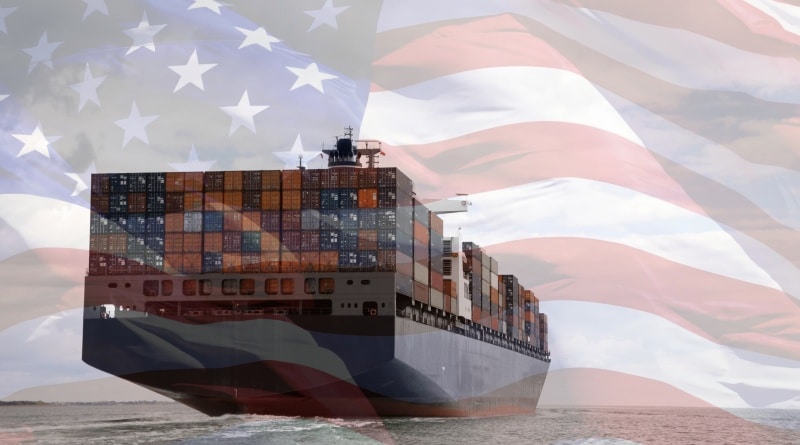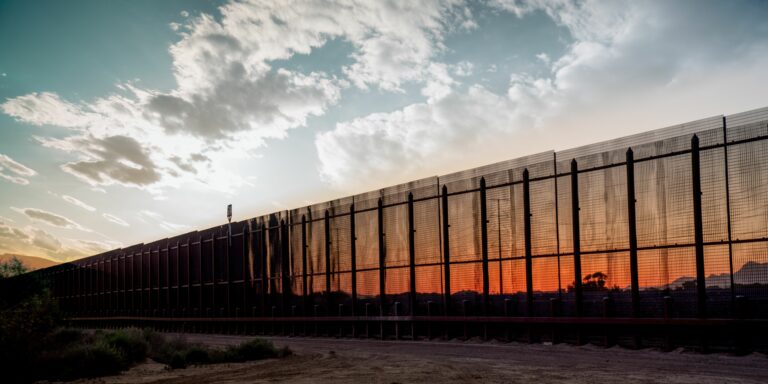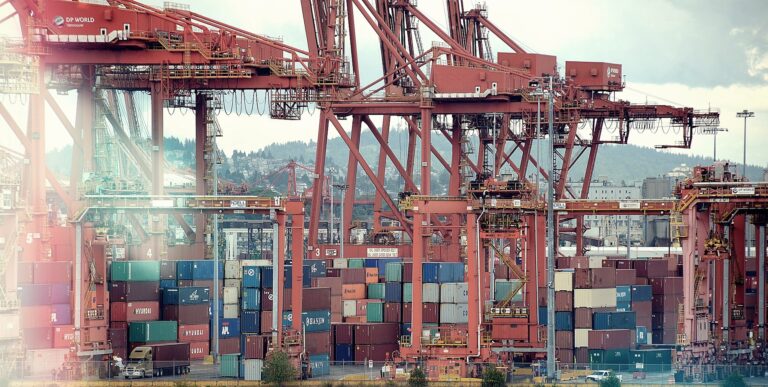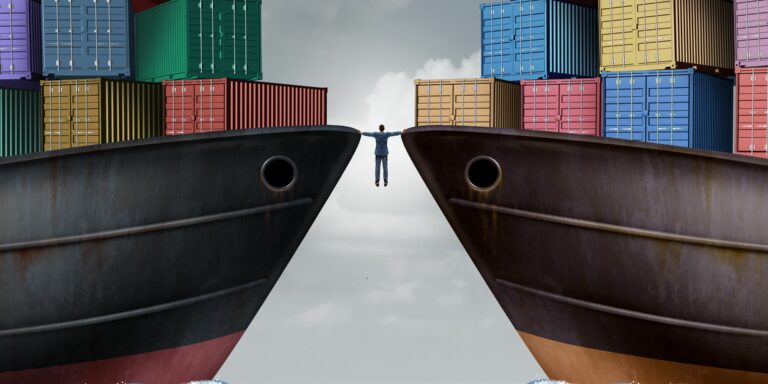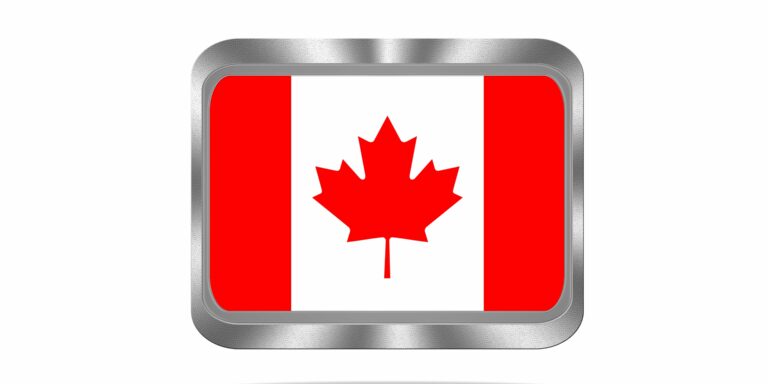International Trade Policy Under the Biden Administration: What to Expect
Internal Trade Policy
In the following transcript, George W. Thompson discusses the likely impacts on American international trade policies under the Biden administration. Explore our international trade courses here.
If you expected that the Biden international trade policy would mean a break from that under the Trump administration. Well, I hate to disappoint you, but get ready for more of the same. We already know that the sections 301 and 232. Tariffs will remain in place for now. The expanded export controls on China in general and Huawei, in particular, will continue and OFAC sanctions will grow and grow. Another key aspect of the Trump approach was tying trade and national security concerns and section 232 duties. The Biden administration already has stated it will remain on that path. Indeed, it looks like it will be expanding those ties and the executive order to be published on March 1, calls for an extensive review of supply chains in the United States. The stated goal is resiliency because, quote, more resilient supply chains are secure and diverse, facilitating greater domestic production, a range of supply built-in redundancies, adequate stockpiles safe and secure digital networks, and a world-class American manufacturing base workforce close quote.
Before going into the details, I will state that this description portends the likely outcome of the study more protectionist policies adopted in the name of security and more incentives for domestic production in place of imports. Whether those come in the form of tariffs, subsidies, or other measures remains to be seen. The executive order directs numerous Cabinet departments to undertake a 100-day supply chain review. For example, the Commerce Department must address risks in the semiconductor manufacturing and advanced packaging supply chains and policy recommendations to address those risks. similar tasks are imposed on the Department of Energy, Defense, and Health and Human Services regarding such products as high capacity batteries, rare earth elements, and COVID-19 protective items. Longer-term studies will address risks to supply chains for the defense industrial base, and the public health and biological preparedness industrial base among a number of others.
The required reports will address gaps in domestic production and weaknesses in international supply chains, along with policy recommendations to ensure a resilient supply chain for each sector. The OE states that such recommendations may include sustainably reshoring supply chains, and developing domestic supplies, cooperating with allies and partners to identify alternative supply chains, building redundancy into domestic supply chains. Of course, OE 14017 hasn’t even been published yet. So it’s too soon to predict the details of any recommendation it produces, or whether they will be adopted. Given the temper of the times. However, I expect that barriers to imports will be part of the mix, particularly those from perceived adversary countries. At the same time. Support for domestic industries as reflected in recent changes to the American regulations is also likely. Of course, I will keep you informed of the process and its outcomes.
]You can read original posting here > Thompson & Associates, PLLC


